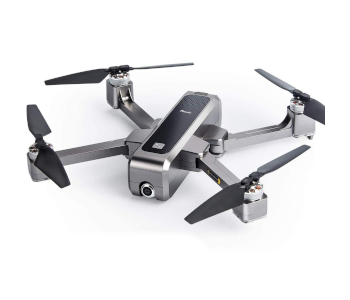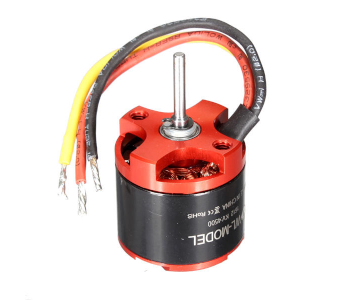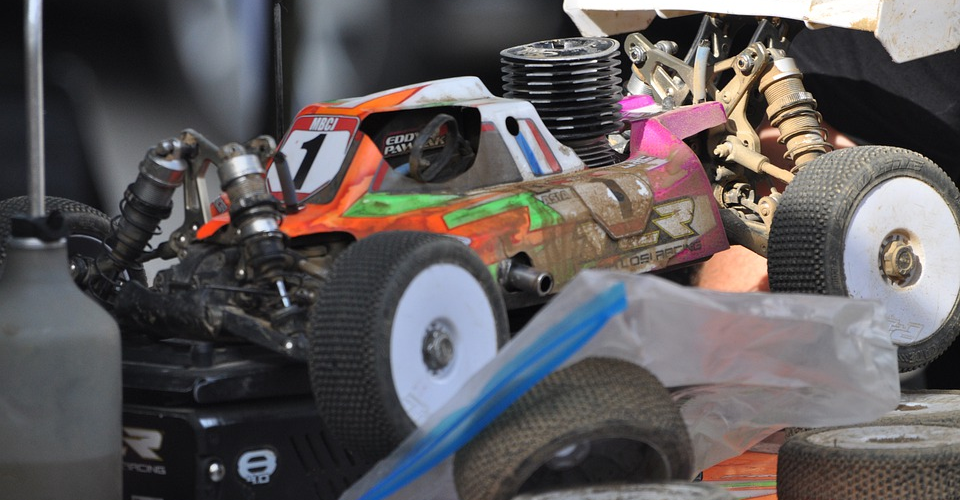What Are Permanent Magnet Motors?
Motors are the primary means for electrical energy to be converted to mechanical motion, usually in the form of rotation. They are found just about anywhere – from small household appliances to large-scale manufacturing industries and power plants. Having been around for several decades, there is now a good variety of different motors constructed in unique ways that make them suitable for specific applications.
A permanent magnet motor is one such example of a common type of motor. Permanent magnet motors are efficient, scalable, and highly compatible with small torque loads. What is a permanent magnet motor and how does it work? What makes them different from other types of motors?
What is a permanent magnet motor?

True to its name, the central element of a permanent magnet motor is the permanent magnet mounted on the motor’s rotor. This distinguishes permanent magnet motors with induction AC motors that contain only conductive laminations, typically made of copper and aluminum. Permanent magnet motors are called in different names such as brushless motors, PMAC (permanent magnet alternating current), or PMDC (permanent magnet direct current) motors.
With the superior efficiency and power density of permanent magnet motors, many industries considered them to be an enabler of future technologies. The lightweight nature of permanent magnet motors has made them ideal for applications that can be easily overburdened, such as in handheld devices, model airplanes, drones, and RC cars. PMAC motors are have also played a prominent role in the development of electric vehicles because of how little maintenance they require compared to more traditional motors.
Permanent magnet motors aren’t perfect, either. They require sophisticated technology, more expensive materials, and more complex operations. For these reasons, permanent magnet motors have not quite hit mainstream levels of adoption.
How does a permanent magnet motor work?

Just like standard AC motors, conductive coils along the stator of a permanent magnet motor are connected to an external power supply. When current flows through these coils, it induces a magnetic field the polarity of which is influenced by the direction of flow of the current.
The permanent magnets mounted on the rotor react to the magnetic field, causing the rotor to rotate along the central axis of the motor shaft. The rate of rotation, as well as the specific position of the rotor, can be controlled through manipulation of the electrical pulses that the stator coils receive.
A permanent magnet motor can be controlled either by an AC or DC signal. By varying the signals between the different conductive coils along the stator, the rotor can be driven to rotate continuously or at varying speeds. Most permanent magnet motors operated today are powered by three-phase AC or DC input.
When a DC input is used to power a permanent magnet motor, the signal takes on a trapezoidal waveform. This means that the DC signal switches over from one coil to the next according to a pre-defined commutation sequence. Although almost all of the early permanent magnet motors used DC signals, there has been a massive migration to PMACs as they provide greater horsepower and improved efficiency.
In contrast, the signal of the AC input to a permanent magnet motor takes on a sinusoidal waveform. This means that current from one coil gradually decreases as the current on the next coil increases at the same rate. This creates smoother rotation instead of the “jittery” nature of motors that rely on a DC signal. Rotation is also facilitated as the alternating magnetic fields create an attraction to one coil and a corresponding repulsion to the previous one. This effectively allows three-phase PMACs to achieve higher rpm and horsepower numbers using the same power input.
Permanent magnet motors can be designed to operate under either closed-loop or open-loop systems. Open-loop systems are simpler and cheaper as they require no feedback but are entirely inappropriate for applications that require pinpoint positioning and accuracy. This will be possible only with a closed-loop system that provides the appropriate feedback to regulate the operation of the variable frequency drive (VFD).
Pros and cons of permanent magnet motors
Many industries recognize the value of permanent magnet motors and the possibility that they can eventually take the place of older induction AC motors. However, there are still a few elements that limit the more widespread use of permanent magnet motors.
PROS
1. High efficiency
In terms of performance and efficiency, a permanent magnet motor has a lot of things going for it. The brushless nature of the motor means that the rotor and stator components never come in direct contact with each other, reducing energy lost to friction and the generation of waste heat. The use of AC signals also greatly reduces the power output of a permanent magnet motor by combining the effects of magnetic attraction and repulsion, the increase the motor’s rotational speed and torque.
2. High power density
The high power density of permanent magnet motors far exceeds that of induction motors, making it possible to create powerful motors with a smaller form factor. This is possible because of the use of rare-earth magnets in the motor’s rotor that can generate a higher magnetic flux than the squirrel cage rotor of an induction motor.
3. Less maintenance needed
Permanent magnet motors are known for minimal maintenance requirements. This is primarily because of the lack of contact between the rotor and stator during motor operations. Not only does this reduce the wear and tear of the motor components, but it also generates minimal waste heat which accelerates hardware deterioration. Permanent magnet motors are known to be robust enough to be used for several years with minimal maintenance, even in harsh environments.
CONS
1. Require rare earth metals
The power and efficiency of permanent magnet motors rely on the use of magnets made from rare-earth elements. These metals have very good crystalline structures that determine several of their properties, including how strongly they react to an external magnetic field. The problem with rare-earth metals is that they can only be acquired through mining practices that are usually ecologically harmful. The global stock of rare-earth metals can also exhibit short-term fluctuations, which has a huge effect on their market prices.
2. Requires a variable frequency drive
The performance of a permanent magnet motor is only as good as its control system. This is what is referred to as the variable frequency drive (VFD). A VFD uses pulse-width modulation technology to vary to the voltage of power input to the motor, thus creating the characteristic waveform of input signals to a permanent magnet motor.
The use of a VFD is a critical element of what makes a permanent magnet motor work, but it also adds layers of complexity of running one. This is particularly problematic for firms that intend to retrofit older motors with permanent magnet technology, as VFD control can be very hard to integrate into an existing design.
3. Efficiency is limited by back-EMF
The use of rare-earth metals may generate higher flux and improve the efficiency of permanent magnet motors. However, they do not completely eliminate one of the major sources of inefficiency – back EMF. A back EMF is a surge of voltage that runs opposite the direction of the current caused by the rotation of the rotor.
This means that the back EMF also increases when the mechanical shaft of a motor rotates faster. The existence of back EMF provides a limit to how fast a motor can run. This number is typically built-in in the design of the VDF so that the motor never runs past the maximum voltage.
In summary, permanent magnet motors can deliver much greater efficiency and power density, opening the possibilities of using them for more varied applications. However, they can also be a little more expensive due to the use of rare-earth metals and certainly much more complex to set up and operate.
Final thoughts
The use of rare-earth metal magnets in the place of conductive laminations distinguishes permanent magnet motors in terms of power density and efficiency. You probably have a device around you right now that uses one – whether it’s a handheld device or a household appliance. Permanent magnet motors are quickly becoming popular in various industrial and commercial applications. Not only are they more efficient, but they are also longer lasting and require less maintenance.

